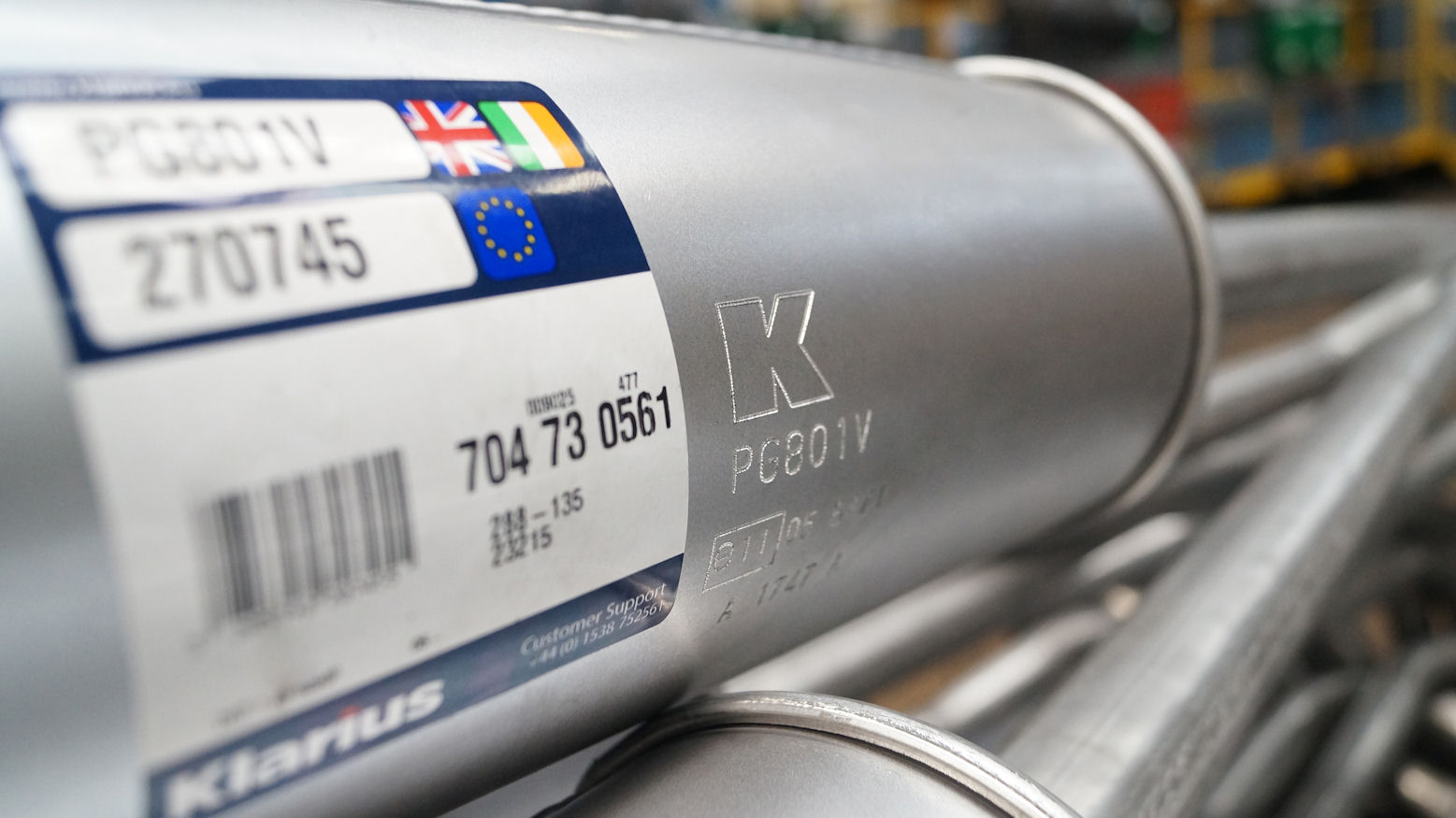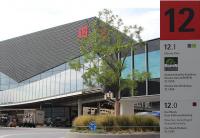What does the future hold for the automotive aftermarket?
 The Klarius range now contains over 10,000 items
The Klarius range now contains over 10,000 items
The automotive aftermarket is undergoing major changes in Europe and worldwide due to market maturity, evolving customer preferences and expectations, advances in engineering and logistics technology. Doug Bentley, research and development manager at Klarius Products Ltd, looks at the future challenges for the European automotive aftermarket and how to address them.
“Consumers are becoming increasingly aware of the importance of scheduled servicing and preventive maintenance in order to increase the service life of their vehicles,” comments Bentley. “In fact, the average car age keeps increasing in Europe, and reached approximately 11 years in 2015 (according to ACEA figures).”
Bentley notes that this situation is “favourable to some innovative aftermarket parts and services providers,” and these businesses have been experiencing increases in revenue and profitability. However, a number of trends are continuing to push the automotive aftermarket and servicing sector to reshape its current practices, adopt new business models and provide better B2B and B2C services.
A major trend influencing the aftermarket industry is market growth and consolidation. The aftermarket in Europe remains one of the biggest global markets when it comes to value; according to figures published by McKinsey & Company last year, more than 190 billion euros, or £160 billion worth of sales were generated in Europe’s aftermarket in 2015. “However, it is a mature market characterised by consistent volumes and low growth rates,” stresses Bentley. “Therefore, mergers, acquisitions and collaborations among part distributors and buying groups are expected to continue and further consolidate the business as they extend their footprint.
“The European aftermarket is also a highly competitive market, where quality is still an important choice criterion, followed by availability and price,” continues the research and development manager. “With the online shopping boom hitting the aftermarket sector, an increasing number of customers are using digital channels to compare prices, obtain perspectives on product quality and determine which ones to buy. Consequently, parts ecommerce is increasing price transparency and providing greater diversity of supply.”
Bentley notes that in this competitive ecommerce market, aftermarket suppliers can differentiate themselves from their competitors by providing the quickest delivery service. Same-day delivery, for example, boosting online aftermarket sales by offering the comfort and convenience of online shopping combined with immediate product access of bricks and mortar stores. “Klarius monitors its broad range of emission control components and for many distribution customers now supplies through a virtual warehousing system to ensure product availability and stock transparency across all facilities and warehouses.”

A “strong logistics network and management system” is key to guaranteeing a same-day delivery service
To guarantee a same-day delivery service, Bentley views the possession of a “strong logistics network and management system” as key. With this, aftermarket retailers can access both main and decentralised warehouses, rely on dedicated delivery fleets and gain real-time information from suppliers that have an overview of inventories across their warehouses.
“What emerges from these automotive aftermarket trends is that successful initiatives to exploit the potential of this market consist of using changes in the supply infrastructure being driven by manufacturers and distributors,” says Bentley. “Improving and extending service offering and delivery options, adapting to local requirements and setting-up carefully profiled local stock, while optimising the planning processes for stock replacement by using supply routes that offer both extensive range and immediate availability.”
With the aim of providing its customers with this kind of high-quality service, Klarius Products Ltd has been addressing these trends and evolving its business model. The company is continuously expanding its UK manufactured product range and now counts over 10,000 items in its range. These are available across Europe, where Klarius is constantly setting up new profiled stock locations with a rising number of partners and online retailers. The availability of the entire Klarius range is enhanced through a virtual warehousing system to ensure product availability and flexible stockholding solutions across all facilities and warehouses.
“Thanks to national and international collaborations, supported by improved local logistics solutions, the company has pioneered ‘next-morning’ delivery from the manufacturer, which is now being extended across Europe,” concludes Bentley.




Comments